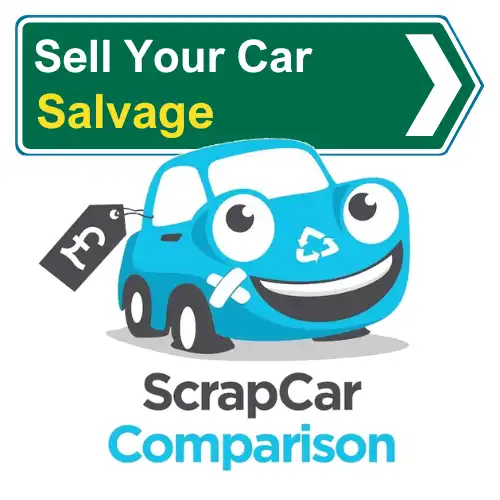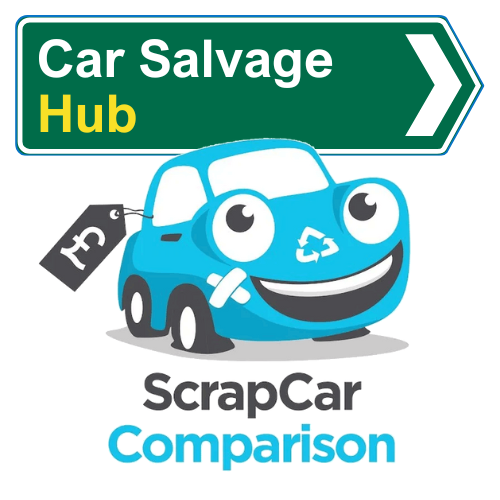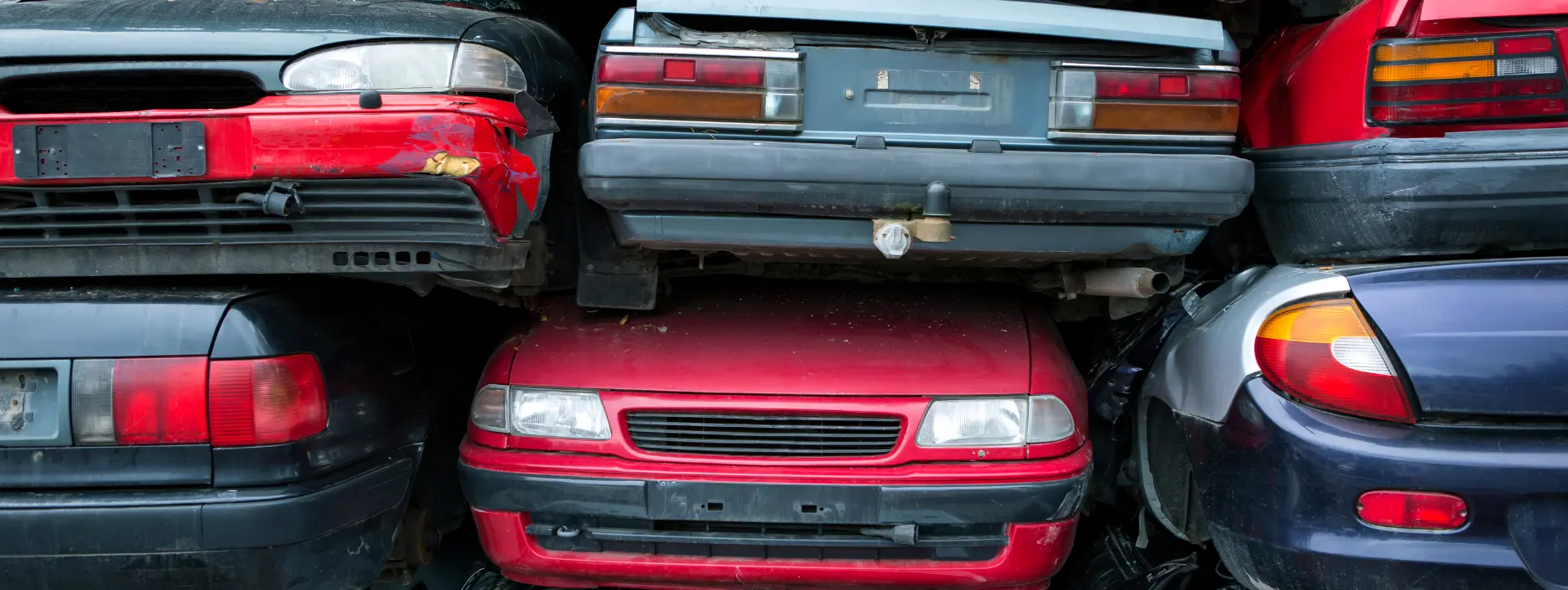One of the deciding factors for many people when deciding which car to buy is how it makes them feel when they’re driving it. Some want to feel classy, some want to turn heads but overall, one word encapsulates how these drivers want to look, and that’s ‘cool’. One of the most uncool things, figuratively and literally, that a car can do for you is to start heating up under the bonnet. If your car begins to overheat, this is what you should do to ensure your own safety and to try and save your car from disaster.

What Causes My Car To Overheat?
Most overheating problems in any car can be traced back to the cooling system and problems that could be preventing it from operating effectively. This could be something as simple as a shortage of coolant, an easy fix that you can resolve at home by topping up the reserve. However, trouble could run deeper, and there could be other cooling problems within that need to be properly investigated. External factors, like the weather, could also contribute to your vehicle overheating.
How Can I Tell If My Car Is Overheating?
The first sign of overheating should, if everything else is working correctly in your car, be a warning light on your dashboard. You might also have a thermometer, in which case the needle will have started to advance towards the ‘red’ section.
Another telltale sign will be steam or perhaps even smoke coming from under the bonnet of the car. This could be a sign of serious and immediate problems, so if this happens, do not try to continue driving the vehicle.
In some cases, you might also experience a reduction in engine power and overall vehicle performance when your car is overheating. Depending on the exact situation, including your location, this could also be a good time to pull over and stop driving.
How To Check Coolant Levels
First and foremost, don’t attempt to check your coolant levels with the engine running or shortly after turning it off. Not only is working under the bonnet while the engine is on extremely dangerous, touching parts that have been in use recently can leave you with severe burns – even if your engine isn’t overheating, it’ll still get very hot. Once the engine is cool, you can lift the bonnet and take a look inside.
Locate the expansion tank that the coolant is contained in. It’s likely to be a translucent white colour and will have minimum and maximum markings on it. In some cars, it might even simply say the word ‘coolant’ on it, making this step much easier.
Take a closer look at this reservoir and see where the coolant inside is levelled out at. If it’s between the minimum and maximum level, you’re okay and shouldn’t see any overheating problems… unless your car has issues in other areas.
If you need to top it up, it’s as easy as removing the cap and filling it up. However, you need to make sure that you’re using the correct coolant for your car. It’s also a very good idea to include some kind of antifreeze to ensure the coolant stays in liquid form even through the winter.
What Does The Engine Temperature Warning Light Mean?
The warning light on your dashboard does exactly what it says on the tin. It’s there to tell you when the temperature in your vehicle is starting to rise, however this could also mean that your coolant level is dropping below the minimum amount required to keep the engine at a suitable temperature. In either case, once that light comes on, it should not be ignored.
 Interested in learning more? Take a look at our related articles for more helpful guidance and expert tips.
Interested in learning more? Take a look at our related articles for more helpful guidance and expert tips.
What To Do If I’m Stuck In Traffic On A Hot Day
If you’re simply stuck in traffic on a hot day, you don’t need to do anything differently as long as you’ve been maintaining your car properly and making sure that the coolant is at an adequate level. This should be enough to see you through a traffic jam, as long as we’re not experiencing the kind of temperatures you’d expect to see in a desert.
If you’re stuck in a jam and you’re worried about the reliability of your car’s coolant system, then it’s probably worth taking another route that can keep you moving or give you a better spot to pull over and give the car a break with the engine off.
If you do opt to pull over and give the car a rest, try to open the bonnet to let the hot air out and a cool breeze in but remember that everything around that part of the car is going to be hot to touch. The same can be said for the fluids that are being used in your car. Never try to remove the cap from your coolant tank while the engine is hot as this will release steam that can burn your hands.
How To Cool My Engine Down
We’ve mentioned this in the previous section, but the best way to cool your engine, other than ensuring it’s topped up with coolant at all times, is to park the car with the engine off (preferably somewhere shady) and pop the bonnet. If your coolant isn’t doing the job, lifting the bonnet up will allow the hot air that’s trapped inside to release itself and, unless it’s an especially stifling day, it’ll also let a breeze rush in and cool the engine.
Think of it like a computer; there’s not just motherboards and graphics cards inside them, but fans to cool everything down too. By opening the bonnet and letting air circulate, you’re essentially doing the same thing to your car.
How Can I Prevent My Engine From Overheating?
There are a number of things you can do to keep your car at its coolest while you’re driving. Firstly, we must stress again the importance of keeping your coolant level within the minimum and maximum levels. Not only should you keep topping it up, but you’ll also need to ensure that the tank and pipework is maintained. Any cracks or holes will cause leaks that, as well as potentially damaging other parts of your car, could rapidly reduce its coolant level.
Keep an eye on the temperature gauge, if your car has one, and remember to take action as soon as possible if the warning light on your dashboard becomes lit. If this happens, or you think the car is overheating for any other reason, pull over and turn off the engine where safe. Then, if possible, open the bonnet.
It’s even better for your vehicle if you can park it somewhere shady. It might seem strange to think that the sun (especially in the UK) is capable of causing your car to overheat, but remember that your car and the engine under the bonnet are metal. They will become much hotter than you will!
Can I Still Drive My Car If It Overheats?
You could still drive your overheating car, if you really wanted to, but you will most definitely risk doing severe damage to it that could otherwise be avoided by letting it cool down. In fact, if you carry on pushing your car to its limits when it’s already steaming, don’t be surprised it ends up engulfed in flames on the hard shoulder. It’s probably not worth the risk, so pull over and deal with the situation as soon as you can.
If your car is ready for the scrap heap, or perhaps the salvage yard, find out how much money you could make from selling it with Scrap Car Comparison. With partnered Authorised Treatment Facilities all over the UK, we can almost guarantee to find a scrap expert that’s a stone’s throw away who will buy your car. Thanks to our nationwide network of buyers, we’re also able to offer every customer free collection, meaning your car can be picked up and taken away at no extra cost! So, give us a call on 03333 44 99 50 or use our scrap car price calculator to get a quote for your old, unwanted or broken car now!

Sell A Damaged Car As Salvage
An old or damaged car can still be valuable sold for spares and repairs – we can connect you with the right specialist buyer.
 Car Salvaging Knowledge Hub
Car Salvaging Knowledge Hub
Getting the most value out of a broken car involves finding a specialist buyer who can pay good prices for spares and repairs. Everything you need to know can be found here in our knowledge hub.

Value a salvage car
Determining the residual value of a salvage car is important whether buyig or selling. This guide walks you through everything to consider.
Scrapping VS salvaging a car
The roadworthiness of your car could make the difference between whether it’s destined for scrap or salvage, and of course the value…
Can A Salvage Title Car Be Insured?
Recently bought a salvage car and wondering whether you need to get insurance before you drive it? This guide explains all the details
What to do if you’ve written off your car
This guide walks you through everything you need to know after your car’s been totalled.

